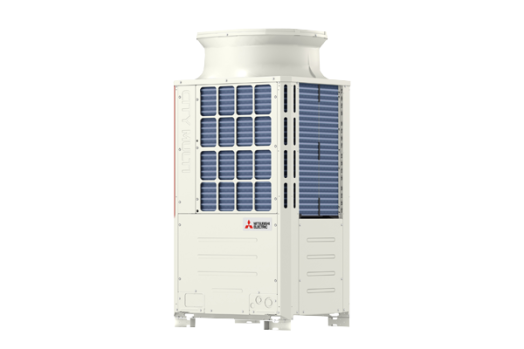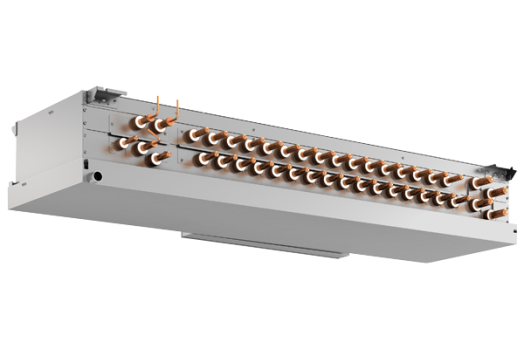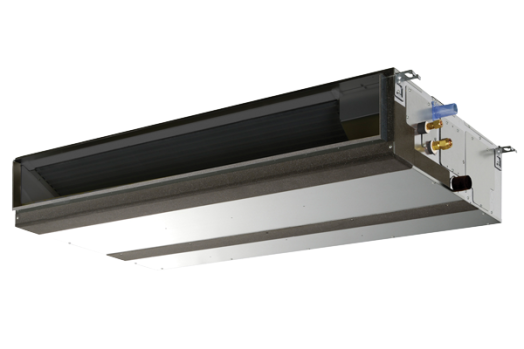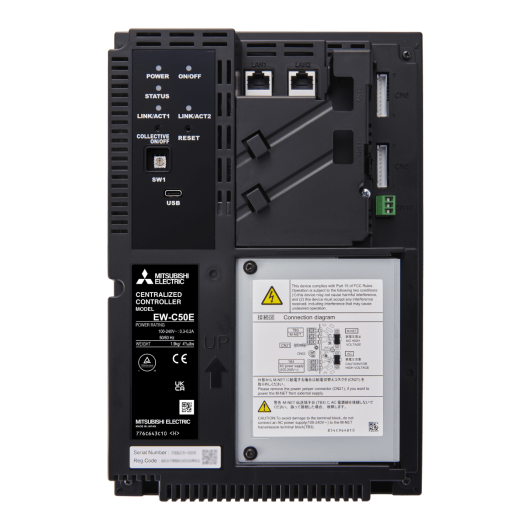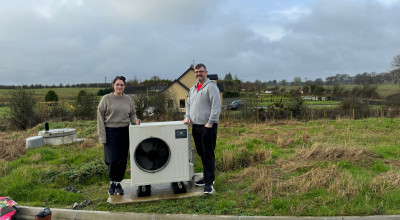Project Background:
Dublin City University (DCU) is one of the most famous universities here in Ireland. With their Glasnevin campus as a base, they have incorporated four other educational institutions in recent years. As an ever-growing educational body, they need the facilities to support increasing student numbers, foster innovative teaching methods and accommodate evolving technological and research demands.
The 10,000 square metre campus is a hub of activity with buildings and blocks creating a mini world for students to study, research, develop and socialise and within this campus lies the latest addition: the Polaris Building. DCU’s newest state of the art building is a bold statement of their commitment to sustainability.
What was once an overflow car park, has been transformed into a fully decarbonised, multistorey building for the Faulty of Engineering & Computing and the Faulty of Science & Health. This case study highlights DCU’s dedication to building and safeguarding a sustainable future and how Mitsubishi Electric’s HVRF equipment together with JV Tierney & Co. Consulting Engineers design and Tech Refrigeration’s installation expertise created something as extraordinary as the Polaris Building.
